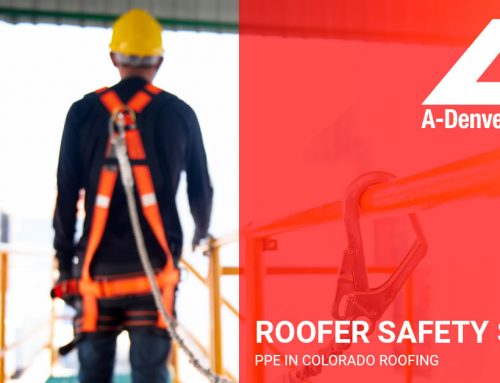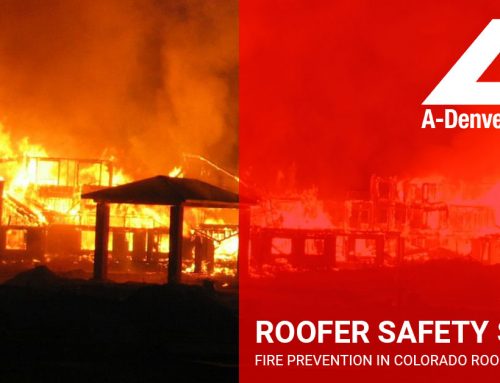Introduction to Crane, Derrick, and Hoist Safety
- Cranes help during erection, to transport material and personnel and allow for work in difficult to reach locations
- Cranes can pose significant hazards to crane operators and other workers nearby
- A crane fatality study found that 13% of accidents were due to crane operator error, 85% were due to errors made by other workers, and 2% were due to unknown causes
OSHA mandates compliance with city or state requirements if they meet the minimum criteria set forth in the final OSHA rule 1926.1427.
- Operators of most types of cranes must be qualified or certified under one of the options set forth in the new rule
- Employers have up to 4 years to ensure their operators are qualified or certified unless operating in a state or city with operator requirements
- Certification requirements are designed to work in conjunction with state and local laws
Cranes & Derricks General Safety Requirements
Employers must ensure all machinery and employee tasks meet OSHA requirements for safe usage and operation.
Equipment Regulations
Crane operations must comply with manufacturers specifications and limitations:
- When manufacturer specs are not available, limitations must be determined by an engineer qualified in the field of cranes
- Cranes cannot be modified without the written approval of the manufacturer
- Areas accessible within the swing radius of the rotating superstructure of the crane must be barricaded to prevent injury
- All exhaust pipes should be guarded or insulated in areas where employees might contact them
- Fuel tank filler pipe must be located and positioned or protected to prevent spills or overflow to run onto the engine, exhaust or electrical equipment
- All windows in cabs must be of safety glass
Rated Load Capacity
- The following must be conspicuously posted on all equipment so it is visible to the operator: rated load capacities, recommended operating speeds, special hazard warnings
Signal Person
- Signal person required when point of operation not in full view of operator, view of direction of travel is obstructed, site-specific safety concerns
- Signal person must be qualified to know and understand and be competent in using signals, have a basic understanding of crane operation, must pass a verbal or written test, plus a practical test
Inspection Requirements
A crane competent person must be assigned and carry out inspections prior to each use of equipment and during use, including annual inspection of the hoisting machinery. The following should be checked during the inspection: correct air pressure in tires with no leaks, tires properly inflated, clearance for tail swing, wire rope wear, physical damage to crane, loose or missing hardware, nuts or bolts, and fluid leaks.
Work Around Power Lines
Work Zone: mark boundaries or 360 degrees around crane up to maximum working radius. For work around power lines (except lines that have been deenergized or visibly grounded), the following distance must be kept between crane machinery and the power lines:
- A minimum clearance of 10 feet for all lines rated at 50 kV or below
- A minimum clearance of 15 feet for all lines rated above 50 kV plus an additional 0.4 inches for each 1 kV over 50
- When crane is in transit with no load and boom lowered, equipment clearance must be a minimum of:
- 4 feet for voltages less than 50 kV
- 10 feet for voltages between 50 kV and 345 kV
- 16 feet for voltages up to and including 750 kV
The following safety regulations must also be in place during work around power lines:
- A person must be designated to observe clearance and give warnings with it is difficult for the operator to maintain clearance by visual means
- Cage-type boom guards, insulating links or proximity warning devices may be used on cranes
- The use of such devices should not alter the requirements of any other regulation
- Any overhead wire should not be considered energized unless it is indicated that it is not energized and it is visibly grounded
- Transmitter towers must be deenergized or tests must be made to determine if electrical charge is induced on the crane prior to work
- Barricades need to be 10 feet from equipment and limit access to essential workers only
- Electric utilities employees who are qualified to perform power distribution and transmission work are in compliance with OSHA power line standards






